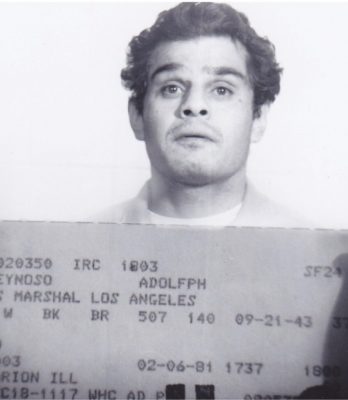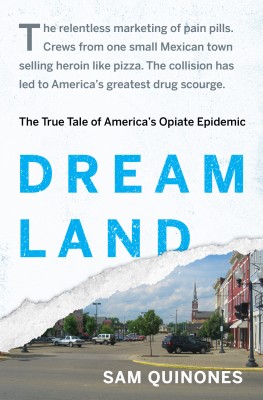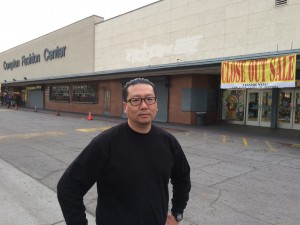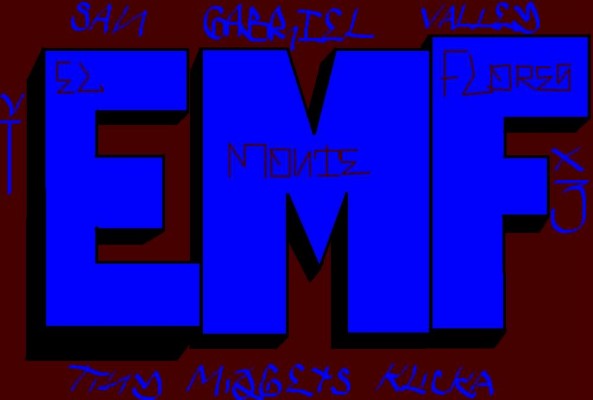Word was recently passed to me that another of the pioneers of the country’s most damaging prison gangs, the Mexican Mafia, has died.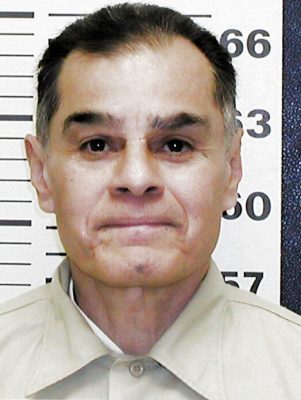
Adolph “Champ” Reynoso passed at a Colorado hospital near the federal maximum-security lockup where he’d spent his last many years. He was 75.
Reynoso was part of L.A. crime lore. He was a member of Big Hazard, an East LA street gang.
Later, he was made a member of the Mexican Mafia while in prison. He was one of the 22 Eme members indicted in the first federal RICO case against the gang — coming in 1995, and hingeing on the testimony of Ernie “Chuco” Castro, up to that point one of the most influential members of the organization.
The trial pulled back the veil on the mafia in several ways – one of which was to reveal its scheme for using street gang members to tax drug dealers in the barrios of Southern California, the revenue for which was funneled to mafia members and their associates.
The scheme remains in place today and has turned the Mexican Mafia into more than a prison gang –rather, an organization with enormous influence beyond prison walls.
Years later, now 61, Reynoso was identified as a leader of the Eme in the Supermax prison at Florence, Colorado, in testimony about a hit that took place within the gang at the prison.
At his passing, he was deemed the highest-ranking active Mexican Mafia member.
The last few years have seen the passing of several Eme figures from those years — those who formed or spread the Eme: Peter “Sana” Ojeda, Frank “Frankie B” Buelna, Ruben Rodriguez, “Black Dan” Barela. Joe Morgan and Benjamin “Topo” Peters died years ago. Many others have dropped out of the gang while in prison – an exodus that began with Castro, who went into federal witness protection, and, before him, Ramon “Mundo” Mendoza.
Most of the older Eme members, like Reynoso, were heroin addicts on the street — reflecting the fact that their criminal careers began in the late 1960s, early 1970s — a time when heroin crept into the Mexican-American neighborhoods of Southern California with a vengeance.


